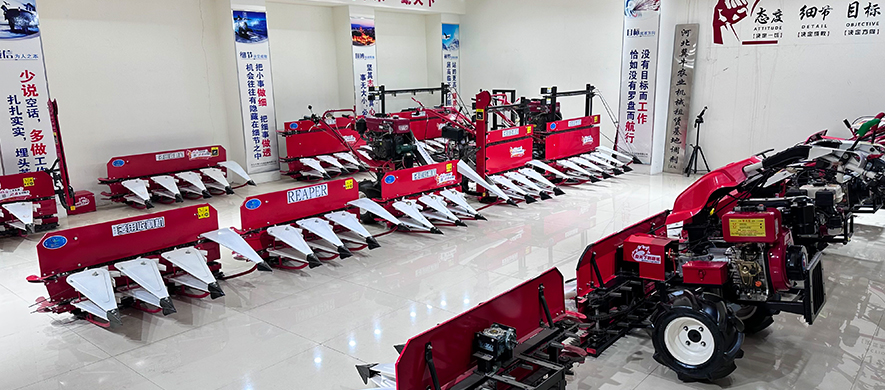wheat combine harvester price
The Price Dynamics of Wheat Combine Harvesters
Wheat combine harvesters are crucial machinery in modern agriculture, designed to efficiently harvest wheat and other grains. Their importance cannot be overstated, especially in regions where wheat is a staple crop. However, the price of these machines can vary significantly based on several factors, including brand, model, features, and market conditions. This article explores the various elements that influence wheat combine harvester prices, the average costs, and how farmers can make informed purchasing decisions.
Factors Influencing Prices
1. Brand and Model Renowned manufacturers like John Deere, Case IH, and New Holland often have higher prices due to brand reputation, reliability, and service support. Each brand offers different models with varying capacities and features, impacting the overall cost. For instance, high-end models with advanced technology may be priced substantially higher than more basic options.
2. Capacity and Features Combine harvesters come in different capacities, generally measured in the amount of material they can process per hour. A larger capacity machine will often cost more. Additionally, features such as GPS navigation, automated controls, and improved fuel efficiency contribute to the machine's cost. Farmers must evaluate the cost-benefit ratio of these features based on their operational needs.
3. Condition of the Machine The price of a combine harvester can also vary greatly based on its condition—new, used, or refurbished. While new machines often come with a warranty and the latest technology, used machines can be a more affordable option for many farmers. However, potential buyers should thoroughly inspect used machines to avoid costly repairs later on.
4. Market Demand and Supply The agricultural equipment market can be influenced by seasonal demand, economic conditions, and agricultural trends. During planting and harvesting seasons, demand for combine harvesters typically spikes, which can lead to increased prices. Conversely, during off-peak times, prices may be more competitive as dealers look to clear inventory.
5. Geographical Location Prices can also vary based on geographical location. In regions where wheat farming is prevalent, there may be more competition among dealerships, potentially lowering prices. Alternatively, areas with fewer dealerships may see higher prices due to limited availability.
Average Prices
As of 2023, the price of a new combine harvester suitable for wheat harvesting generally ranges from $150,000 to $500,000, depending on the features and technology included. Mid-range models can be found in the $200,000 to $350,000 range, offering a balance between cost and functionality. For farmers on a budget, used harvesters can range from $50,000 to $150,000, with prices heavily influenced by age, condition, and wear.
wheat combine harvester price

Making Informed Decisions
When considering the purchase of a wheat combine harvester, farmers should conduct thorough research. Here are a few steps to help with the decision-making process
- Assess Needs Determine the scale of operations and the specific features that are necessary for efficient harvesting.
- Budget Set a realistic budget that considers both the upfront costs and ongoing maintenance expenses.
- Compare Options Visit multiple dealerships, explore different models, and compare prices. It may also be beneficial to attend agricultural shows or exhibitions where various models are showcased.
- Seek Financing Many dealers offer financing options, which can make purchasing a new harvester more feasible. Farmers should assess loan options and choose what best fits their financial situation.
- Consult Other Farmers Engaging in discussions with other farmers can provide insights into the performance and reliability of different machines, helping to inform purchasing decisions.
Conclusion
The price of wheat combine harvesters reflects a complex interplay of factors including brand, features, market conditions, and geographical location. Understanding these elements is essential for farmers seeking to invest in this crucial piece of machinery. By carefully evaluating needs, comparing options, and considering various financial strategies, farmers can make informed decisions that enhance their productivity and profitability in wheat farming.
Latest news
-
When to Upgrade Your Old Forage HarvesterNewsJun.05,2025
-
One Forage Harvester for All Your NeedsNewsJun.05,2025
-
Mastering the Grass Reaper MachineNewsJun.05,2025
-
How Small Farms Make Full Use of Wheat ReaperNewsJun.05,2025
-
Harvesting Wheat the Easy Way: Use a Mini Tractor ReaperNewsJun.05,2025
-
Growing Demand for the Mini Tractor Reaper in AsiaNewsJun.05,2025







